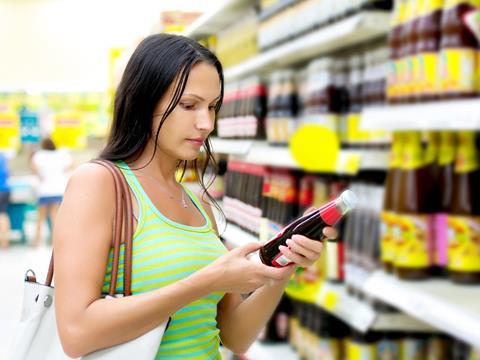
Sustainability choices
Sir, Encouraging change in the way fmcg companies operate will have a huge positive impact on global sustainable development (‘How fmcg can help save the world in 17 steps,’ 26 September, p28), but to do this retailers and brands alike need to have a strong sustainable message running through their stores and products. It’s the consumer who buys the product and at present many believe the big companies are sustainable already. We can’t rely on a consumer to make that conscious choice if the consumer doesn’t know there is a choice. Once consumers are on board, companies will have no choice to but to keep up with the ever-changing needs of responsible supply and demand.
John Viccars, head of strategy, RPM
No to non-reusable
Sir, As your Green Issue last week highlighted, it requires joint forces to tackle waste, sustainability and create a greener environment. From the commitment shown towards certified and sustainable fisheries to the momentum generated by Switch the Lights, I hope others are encouraged to do more.
Courtauld 2025, which is proposed to start next year, will focus on business and consumer outcomes towards goals in reducing carbon, water and waste. However, there are still many manufacturers that operate supply chains with non-reusable packaging. When there are returnable options available providing greener credentials and efficiency, should this not be a key focus for retail and consumer waste?
Joanne Moss, MD, PPS
Teaspoon nightmare
Sir, I write in response to the letter from Zeo CEO Mark Young (26 September). As ex-executives of Pepsi and Coca-Cola, Mark and I no doubt recognise the challenge of switching to less sugary drinks. ‘No added sugar’ reformulation is problematic as it encourages less natural alternatives, which most consumers reject.
I am, however, alarmed by Young’s suggestion to require packaging to display the number of teaspoons of sugar. Apart from it becoming a design nightmare, where would it stop, eg number of salt shakes? Size of fat globules? Traffic lights on front of pack provide a simple, space-effective way of communicating portion/pack contents in relation to daily allowances for major nutrients. Making this mandatory is a good first step - alongside encouraging the availability of more natural, lower-sugar drinks.
Sophia Nadur, CEO, Tg Green Teas








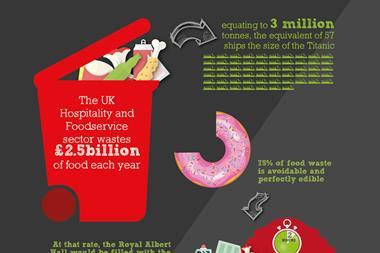
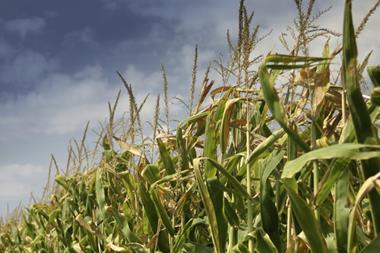
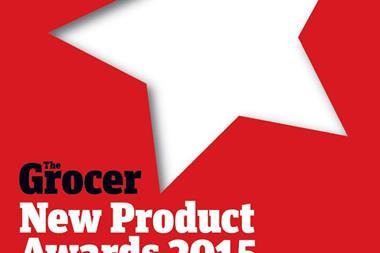
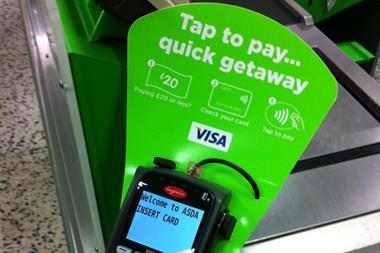
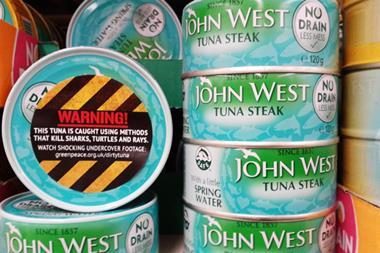
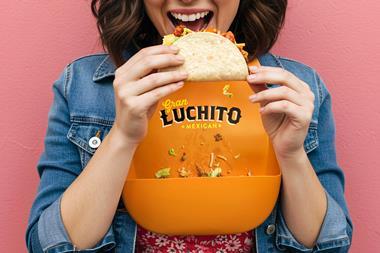
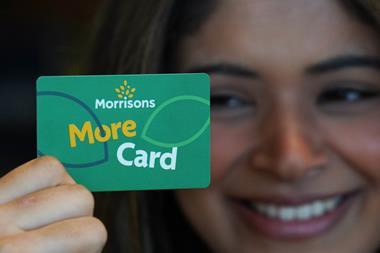




No comments yet